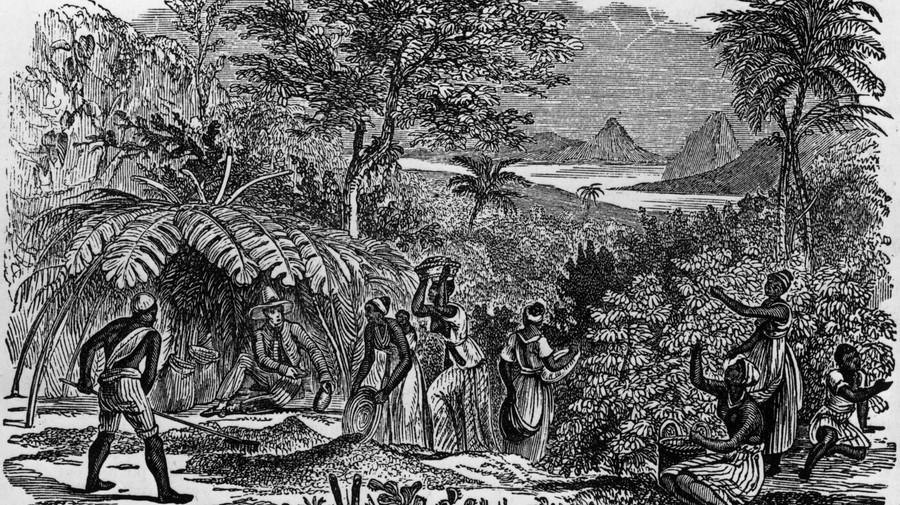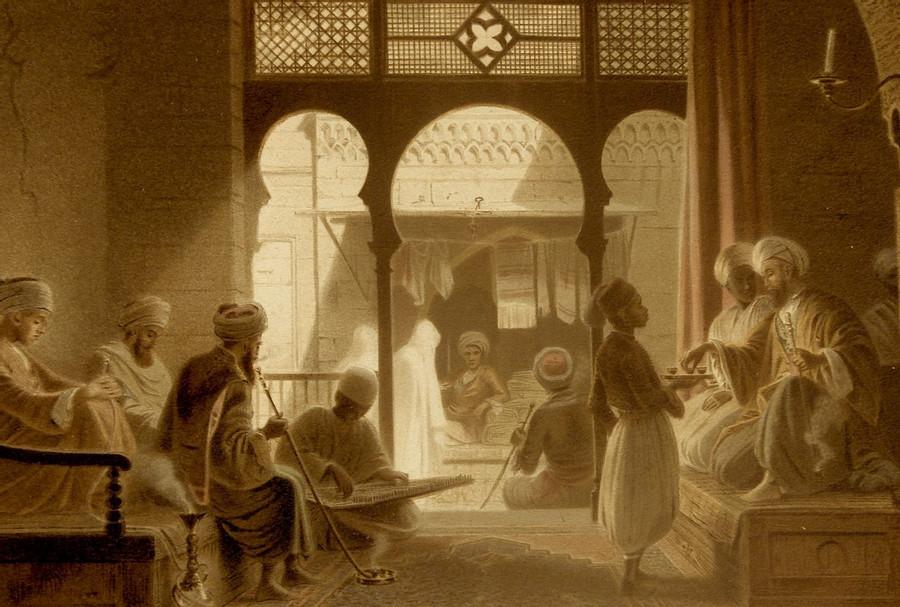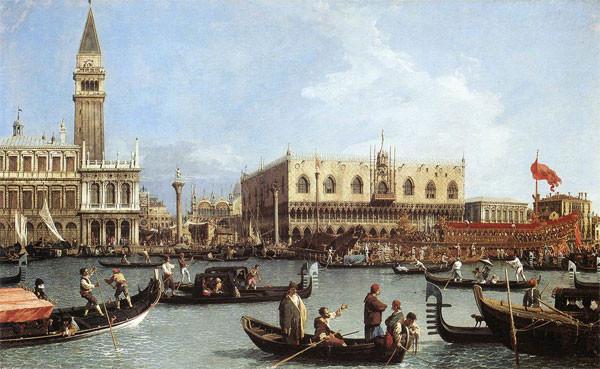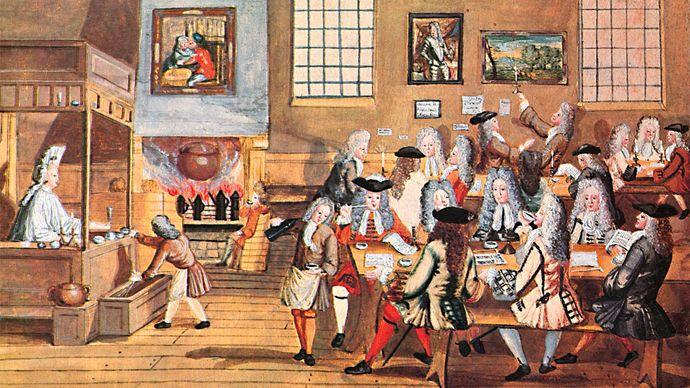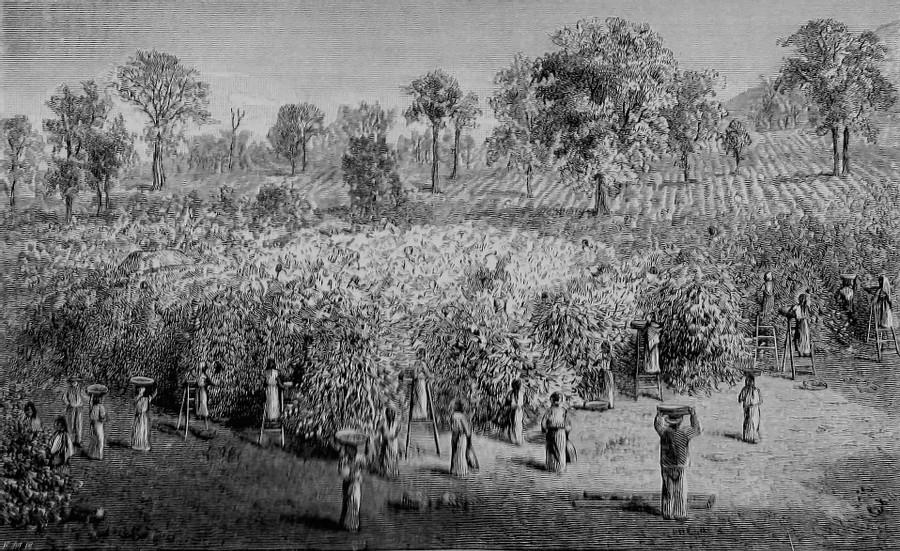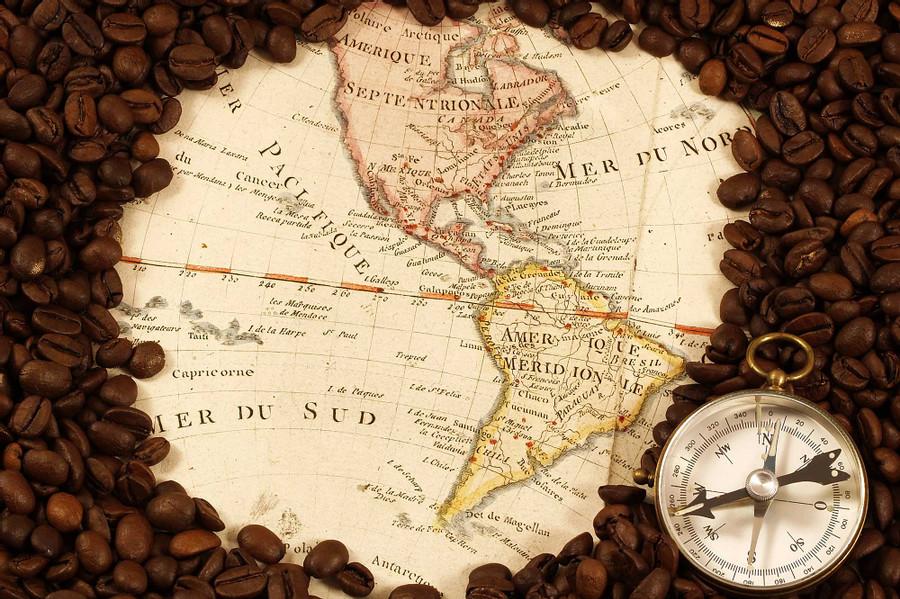Explore the World's Best Ideas
Join today and uncover 100+ curated journeys from 50+ topics. Unlock access to our mobile app with extensive features.
Coffee: An Ethiopian Legend
The story goes that that Kaldi discovered coffee. He noticed his goats became energetic after eating the berries from a certain tree.
Kaldi shared his findings with the abbot of a monastery, who found a drink from the berries kept him alert. The abbot, in turn, shared his findings with other monks. Word moved east and coffee reached the Arabian peninsula.
143
1.35K reads
Coffee In The Arabian Peninsula
Coffee cultivation and trade began on the Arabian Peninsula. Coffee was being grown in the Yemeni district of Arabia. By the 16th century, it was known in Persia, Egypt, Syria, and Turkey.
Coffee was enjoyed in homes and also in the many public coffee houses. Coffee houses quickly became such an important center for the exchange of information that they were often referred to as “Schools of the Wise.”
122
961 reads
Coffee Comes to Europe
By the 17th century, coffee had made its way to Europe and was becoming popular across the continent. Despite the controversy, coffee houses were quickly becoming centers of social activity and communication in the major cities of England, Austria, France, Germany, and Holland.
Coffee began to replace the common breakfast drink beverages of the time — beer and wine.
120
896 reads
Coffee In The New World
In the mid-1600s, coffee was brought to New Amsterdam, later called New York by the British.
When the colonists revolted against a heavy tax on tea imposed by King George III, known as the Boston Tea Party, it changed the American drinking preference to coffee.
118
860 reads
Coffee Plantations Around the World
- There was fierce competition to cultivate coffee outside of Arabia.
- The Dutch finally got seedlings in the latter half of the 17th century. The plants thrived on the Island of Java, what is now Indonesia.
- The Dutch had a productive and growing trade in coffee and expanded the cultivation to the islands of Sumatra and Celebes.
112
843 reads
Coffee Comes to the Americas
- In 1714, the Mayor of Amsterdam presented a gift of a young coffee plant to King Louis XIV of France.
- A young naval officer, Gabriel de Clieu obtained a seedling from the King's plant and transported it safely to Martinique.
- This seedling was the parent of all coffee trees throughout the Caribbean, South and Central America. After crude oil, coffee became the most sought commodity in the world.
117
813 reads
IDEAS CURATED BY
CURATOR'S NOTE
No one knows exactly how or when coffee was discovered, though there are many legends about its origin.
“
Lily 's ideas are part of this journey:
Learn more about personaldevelopment with this collection
The role of coffee in social interactions
Different types of coffee and their preparation
The impact of coffee on society and economy
Related collections
Similar ideas
5 ideas
Coffee's Mysterious Origins
theatlantic.com
4 ideas
5 ideas
A brief history of plant milks
veganfoodandliving.com
Read & Learn
20x Faster
without
deepstash
with
deepstash
with
deepstash
Personalized microlearning
—
100+ Learning Journeys
—
Access to 200,000+ ideas
—
Access to the mobile app
—
Unlimited idea saving
—
—
Unlimited history
—
—
Unlimited listening to ideas
—
—
Downloading & offline access
—
—
Supercharge your mind with one idea per day
Enter your email and spend 1 minute every day to learn something new.
I agree to receive email updates

